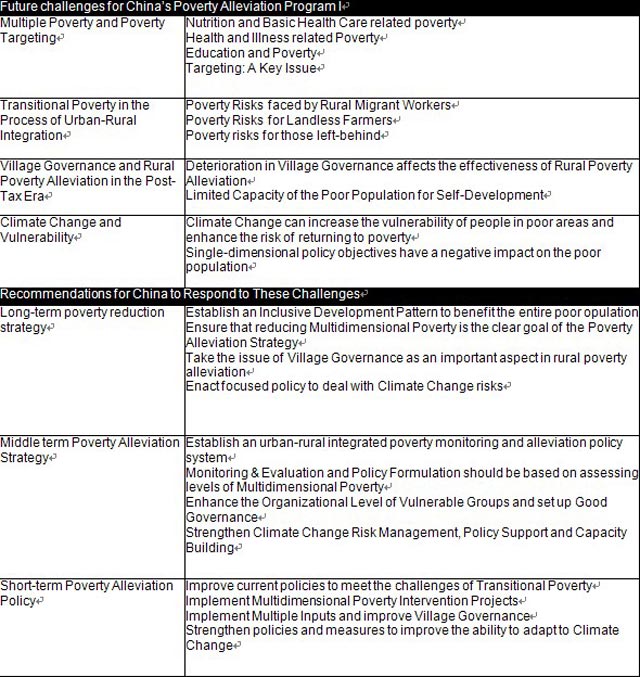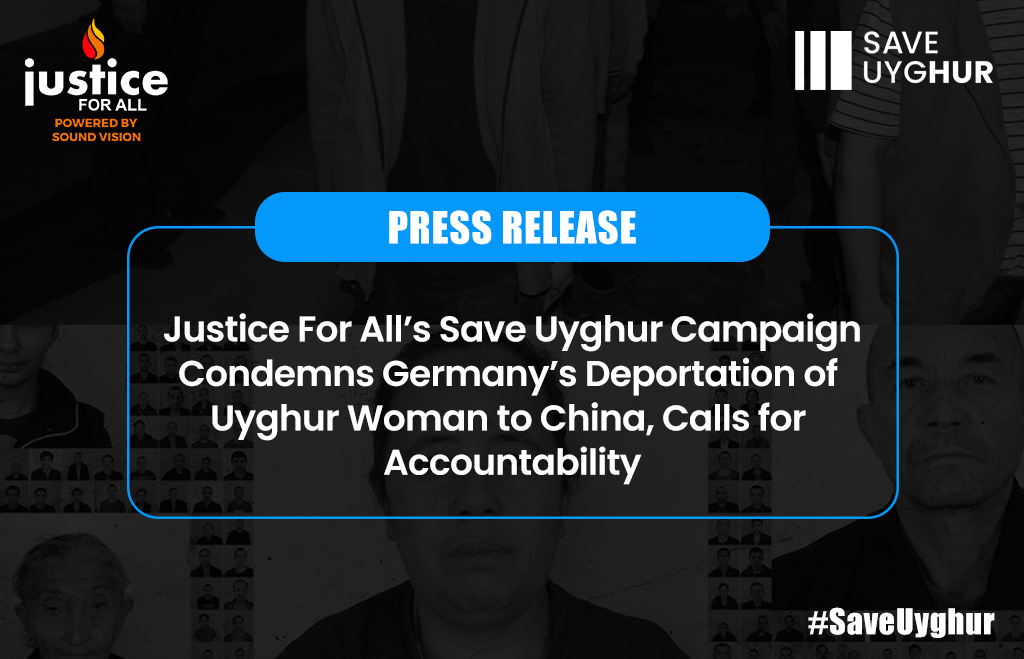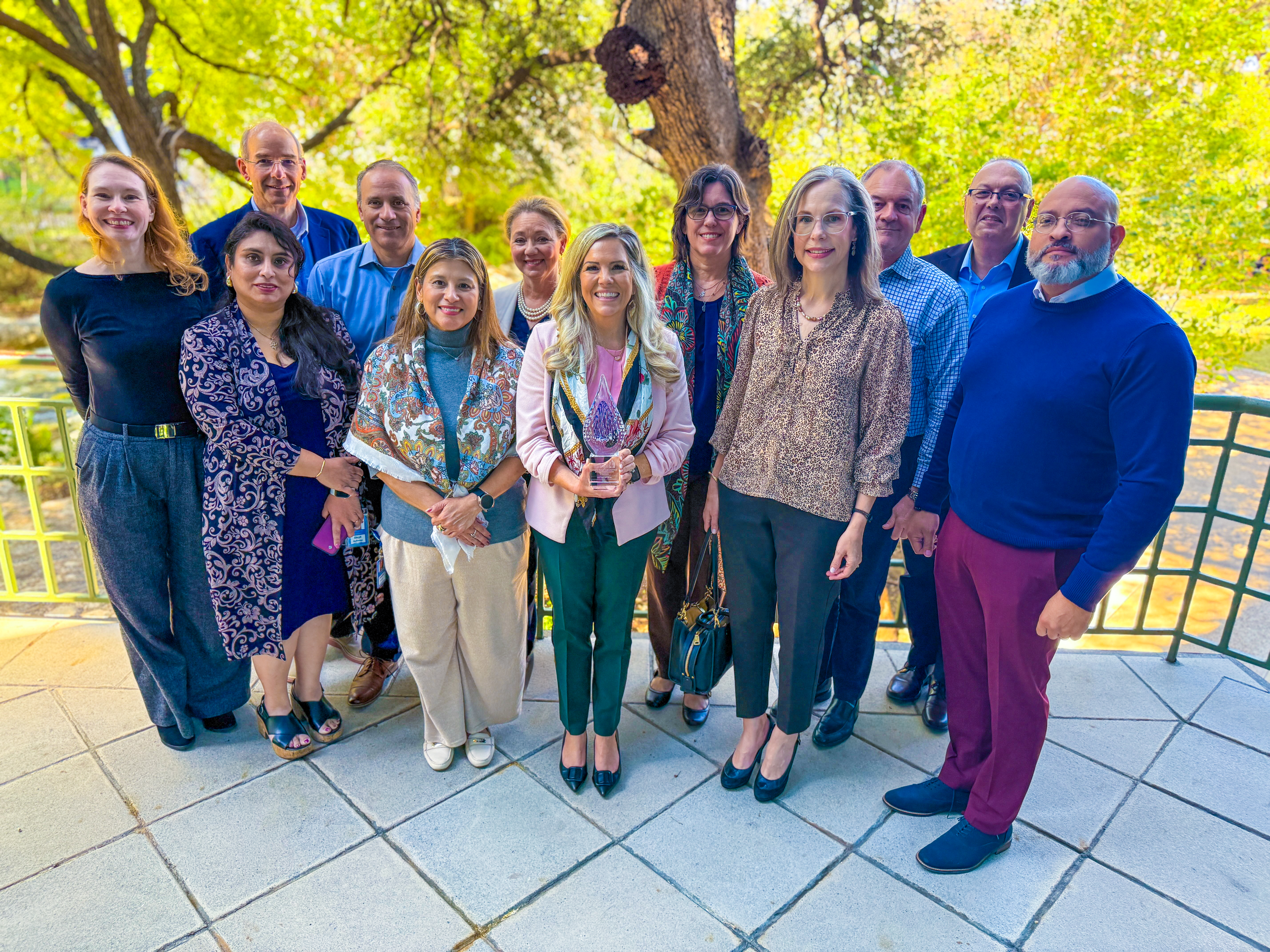Structural Analysis of Key Factors in Poverty Alleviation for Policy Development in Persistently Impoverished Provinces in Thailand – Frontiers

Report on Structural Factors of Poverty Alleviation in Kalasin, Thailand, in the Context of the Sustainable Development Goals (SDGs)
Introduction: Aligning Local Research with Global Goals
This report details a study investigating the persistent challenge of poverty in Kalasin, Thailand, a province marked by structural disadvantages. The research directly addresses the United Nations’ Sustainable Development Goal 1 (No Poverty) by analyzing the complex factors hindering its achievement at a sub-national level. Utilizing a longitudinal quantitative approach from 2020 to 2023, the study employs the Sustainable Livelihood Framework (SLF) to model how different forms of capital contribute to or detract from poverty alleviation efforts, offering critical insights for policies aimed at the 2030 Agenda.
Research Framework and Methodology
Applying the Sustainable Livelihood Framework to Measure SDG Progress
The study’s core analytical lens, the Sustainable Livelihood Framework (SLF), evaluates five essential capitals. The condition of these capitals is fundamental to achieving a range of interconnected SDGs.
- Human Capital: Directly relates to SDG 3 (Good Health and Well-being) and SDG 4 (Quality Education).
- Financial Capital: A key component for SDG 8 (Decent Work and Economic Growth) and reducing economic vulnerability.
- Social Capital: Crucial for building resilient communities as outlined in SDG 11 (Sustainable Cities and Communities) and fostering partnerships under SDG 17 (Partnerships for the Goals).
- Natural Capital: Intrinsically linked to SDG 2 (Zero Hunger) and sustainable agriculture in rural provinces like Kalasin.
- Physical Capital: Reflects progress towards SDG 9 (Industry, Innovation, and Infrastructure).
A quantitative analysis was conducted using household survey data from 2020 (n=9,390), 2021 (n=2,549), and 2023 (n=1,949). Structural Equation Modeling (SEM) was used to assess the impact of these capitals on poverty outcomes, ensuring robust and statistically significant findings (RMSEA 0.98).
Key Findings on Livelihood Capitals and Poverty Reduction
Shifting Dynamics of Capital Influence (2020-2023)
The analysis revealed significant shifts in the influence of different capitals on poverty alleviation over the three-year period, providing a nuanced understanding for targeted policy interventions.
- Financial Capital: This was the most dominant factor in poverty reduction in 2020 and 2023. This underscores the importance of access to financial resources, credit, and income-generating opportunities in driving progress towards SDG 1 and SDG 8.
- Social Capital: The influence of social capital peaked in 2021, likely reflecting the critical role of community support networks and social cohesion during periods of economic or social stress. This highlights its importance for building community resilience, a key target of SDG 11.
- Human Capital: Exhibiting a moderate and stable influence across all years, human capital (health and education) remains a consistent, foundational element for sustainable development, reinforcing the long-term value of investments in SDG 3 and SDG 4.
- Physical Capital: This capital demonstrated the least contribution to poverty reduction throughout the study period. This suggests that existing infrastructure may not be effectively aligned with the needs of impoverished households, indicating a critical gap in achieving the objectives of SDG 9.
Policy Implications for Achieving the 2030 Agenda
Recommendations for an Integrated, SDG-Focused Approach
The study’s findings call for a strategic shift in policy to address the systemic barriers to poverty alleviation in regions like Kalasin. To accelerate progress on the SDGs, an integrated policy approach is required.
- Enhance Financial Inclusion and Economic Opportunity: Policies must prioritize strengthening financial capital to directly combat poverty (SDG 1) and foster economic growth (SDG 8).
- Strengthen Community and Social Networks: Recognizing the protective role of social capital, development strategies should invest in community-based initiatives to build resilience (SDG 11) and effective local institutions (SDG 16).
- Sustain Investment in Human Capabilities: Continuous and stable investment in health (SDG 3) and education (SDG 4) is non-negotiable for long-term, sustainable poverty reduction.
- Address Systemic Inequalities: The research highlights the need for policies that are structurally responsive, targeting the unique socio-economic disadvantages of specific regions to advance SDG 10 (Reduced Inequalities).
Ultimately, this research provides a predictive model for prioritizing capital investments and advocates for a holistic policy framework that empowers individual agency while dismantling the structural barriers that perpetuate poverty.
Which SDGs are addressed or connected to the issues highlighted in the article?
-
SDG 1: No Poverty
The article’s central theme is poverty alleviation in Thailand, specifically focusing on the “persistently impoverished” province of Kalasin. It directly investigates factors contributing to high poverty rates and aims to inform policies for poverty reduction.
-
SDG 8: Decent Work and Economic Growth
The study analyzes various forms of capital (human, financial, physical) that are essential for creating sustainable livelihoods and fostering economic growth. By examining how these capitals impact poverty, the article implicitly addresses the need for productive employment and economic development to improve living standards.
-
SDG 10: Reduced Inequalities
The research highlights the disparity between Kalasin and other regions, describing it as a “structurally disadvantaged province” where poverty rates have “remained consistently high.” This focus on regional inequality within a country is a core component of SDG 10.
-
SDG 17: Partnerships for the Goals
The study itself represents a partnership between academia and policy development. It uses data and advanced modeling to provide evidence for “integrated policy approach” and “capital investment prioritization in rural development,” which aligns with the goal of using data and research to achieve sustainable development.
What specific targets under those SDGs can be identified based on the article’s content?
-
SDG 1: No Poverty
- Target 1.2: By 2030, reduce at least by half the proportion of men, women, and children of all ages living in poverty in all its dimensions according to national definitions. The article’s entire focus is on understanding and alleviating the high “poverty rates” in Kalasin, which directly relates to this target.
- Target 1.b: Create sound policy frameworks at the national, regional, and international levels, based on pro-poor and gender-sensitive development strategies, to support accelerated investment in poverty eradication actions. The study explicitly “calls for an integrated policy approach” and aims to offer a “predictive model for capital investment prioritization” to guide poverty alleviation policies.
-
SDG 8: Decent Work and Economic Growth
- Target 8.1: Sustain per capita economic growth in accordance with national circumstances. The analysis of financial, human, and physical capital as drivers of poverty reduction is fundamentally about improving the economic conditions and productivity of households in Kalasin.
-
SDG 10: Reduced Inequalities
- Target 10.2: By 2030, empower and promote the social, economic, and political inclusion of all, irrespective of age, sex, disability, race, ethnicity, origin, religion or economic or other status. The research addresses the economic exclusion of people in “structurally disadvantaged provinces” and seeks policy solutions to address “systemic barriers” to their prosperity.
-
SDG 17: Partnerships for the Goals
- Target 17.18: By 2020, enhance capacity-building support to developing countries… to increase significantly the availability of high-quality, timely and reliable data disaggregated by income, gender, age, race, ethnicity, migratory status, disability, geographic location and other characteristics relevant in national contexts. The study’s use of “longitudinal quantitative approach” with large household survey datasets from 2020, 2021, and 2023 exemplifies the use of such data for policy-making.
Are there any indicators mentioned or implied in the article that can be used to measure progress towards the identified targets?
-
For SDG 1 (No Poverty)
- Implied Indicator (for Target 1.2): The article repeatedly refers to “poverty rates” in Kalasin, which are measured using “data from household surveys.” This directly implies the use of an indicator similar to Indicator 1.2.1 (Proportion of population living below the national poverty line).
-
For SDG 8 (Decent Work and Economic Growth)
- Implied Indicators (for Target 8.1): The study’s analysis of “financial capital,” “human capital,” and “physical capital” as factors influencing poverty outcomes implies the measurement of underlying metrics. These could include household income, access to financial services (financial capital), educational attainment (human capital), and access to infrastructure (physical capital), which are all components used to measure economic well-being and growth.
-
For SDG 10 (Reduced Inequalities)
- Implied Indicator (for Target 10.2): The comparison of poverty rates in a “structurally disadvantaged province” like Kalasin against national trends implies a focus on disparities in economic outcomes by geographic location. This aligns with indicators that measure income or poverty levels for different sub-national regions.
-
For SDG 17 (Partnerships for the Goals)
- Implied Indicator (for Target 17.18): The article’s methodology, which relies on “longitudinal quantitative approach using data from household surveys conducted in 2020 (n = 9,390), 2021 (n = 2,549), and 2023 (n = 1,949),” demonstrates the availability and use of disaggregated data. This points to the existence of statistical capacity, relating to Indicator 17.18.1 (Statistical capacity indicator for Sustainable Development Goal monitoring).
Table of SDGs, Targets, and Indicators
| SDGs | Targets | Indicators (Mentioned or Implied) |
|---|---|---|
| SDG 1: No Poverty | 1.2: Reduce poverty in all its dimensions. 1.b: Create pro-poor policy frameworks. |
Poverty rates measured through household surveys (Implies Indicator 1.2.1). |
| SDG 8: Decent Work and Economic Growth | 8.1: Sustain per capita economic growth. | Measurement of human, physical, and financial capital as proxies for economic well-being and productivity. |
| SDG 10: Reduced Inequalities | 10.2: Promote social and economic inclusion. | Comparison of poverty rates in “structurally disadvantaged provinces” with national averages. |
| SDG 17: Partnerships for the Goals | 17.18: Increase the availability of high-quality, timely, and reliable data. | Use of longitudinal household survey data (2020, 2021, 2023) for policy analysis (Implies Indicator 17.18.1). |
Source: frontiersin.org

What is Your Reaction?
 Like
0
Like
0
 Dislike
0
Dislike
0
 Love
0
Love
0
 Funny
0
Funny
0
 Angry
0
Angry
0
 Sad
0
Sad
0
 Wow
0
Wow
0











































































